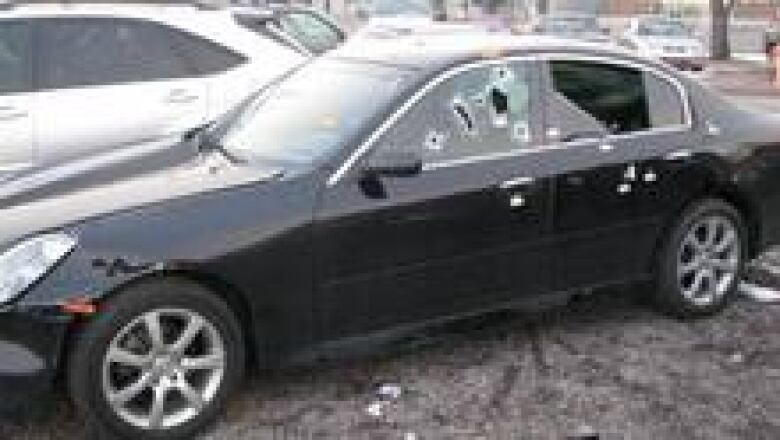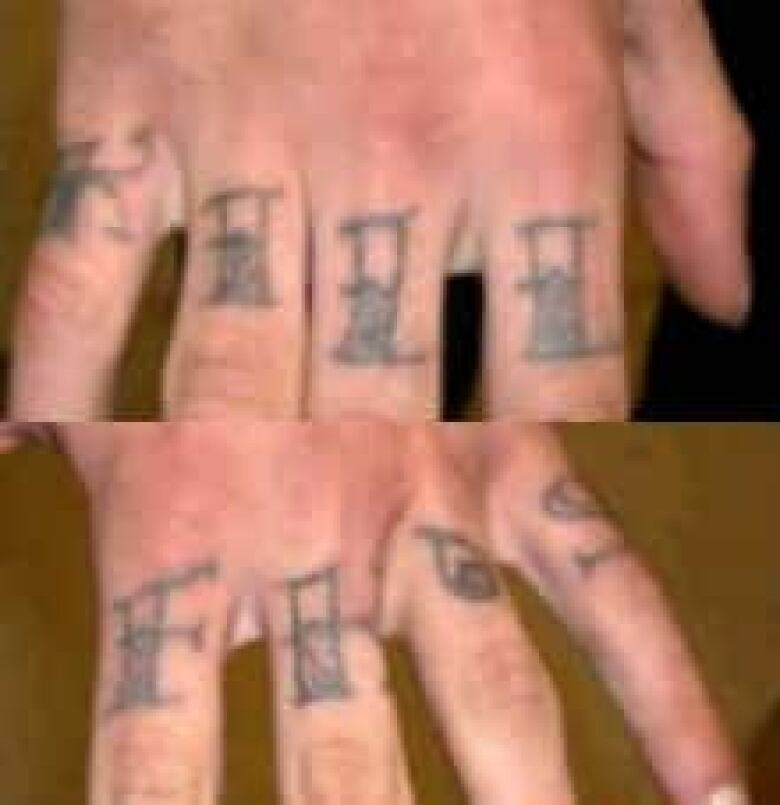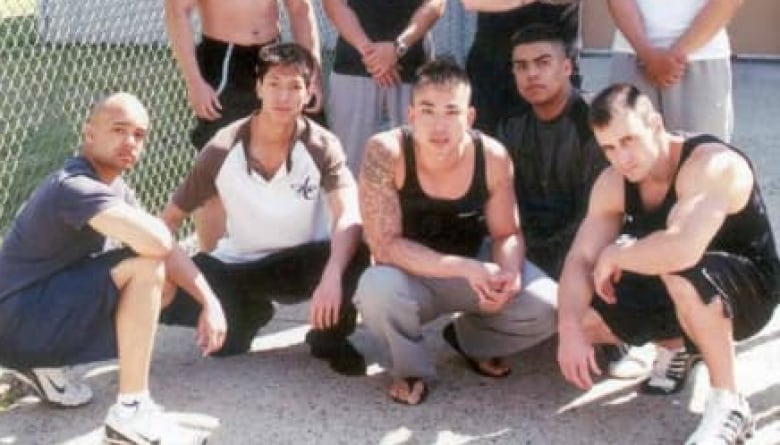Gang life in Calgary: jail time, bounties and 'family'
FOB members instructed to 'go hunting' for rivals
Many of the founding members of Calgary'snotorious FOB gang started in organized crime at a young age, initially dealing in small quantities of drugs before they worked their way up to selling them by the kilogram.
Formed in the late 1990s, the FOB which initially stood for "Fresh Off the Boat" would eventually became one of the most violent criminal organizations in Calgary. Rival group FK, or "FOB Killers," was later established after personal riftsbetween FOB members split the group.
- Timeline:The rise and fall of the FOB gang
- Calgary gang enforcer flips on friends to avoid jail time
- Power, pressure and paranoia: A look at FOB leader Nick Chan
"I know most of these FOB guys and FK guys, when they were kids, 12- or 14-year-old kids," says retired Calgary police officer and gang expert Henry Hollinger.

"Some of them had problems at home, some of them ran away, and the gang became surrogate family to a lot of themthe gang was eventually more important than real family."
Hollinger says many would run away from home and live in each other's basements.
"It was an evolution that we followed until the two gangs split... into the two gangs and it became extremely violent. That's when the police really had to step in to stop the violence."
While recent arrests have dismantled the top brass of the FOB gang, Hollinger says the dozens of deaths associated with the war between the two groupsmay have been reduced orprevented all together.
"If police would have had the resources 10 or 15 years ago to fight these gangs, many of these homicides would not have happened. It's great to look at it in hindsight, we should have been more proactive 10 or 15 years ago. That would have solved a lot of problems back then."
Inside the gang

Court documents obtained by CBC News earlier this week suggest there were few rules inside the FOB gang. Guns were available on request and members would see cash stashed away in roomssometimes as much as $100,000.
The gang did not have defined territories in Calgary and no standard dress. Some members had FOB tattoos, although there wasn't much continuity. The different factions of the FOB could operate how they pleased.
It seemed the only guidelines were around cash transfers. Members were expected to pay $100 every week to the gang. The money would be used to pay lawyers, get houses to hide drugs and compensate members for attacking enemies.
FOB members would be paid if they beat up an FK member. The value of the payments increased if the target ended up in hospital. Killing a rival gang member brought an initialpayday of $20,000, whichlater dropped to $10,000.

The court documents suggest retaliation was at the heart of why the bitterness between the FOB and FK gangs escalated in 2002. Several shootings took place as each side tried to even the score. On at least one occasion, a rival gang members girlfriendwas held for ransom.
During the violent periods, it seemed all rules were off. In an interview with police, FOB enforcer Hans(Jay)Eastgaard said he and another high-ranking gangster were given permission to go "hunting" for FK members with a standing order to kill them.
Acting Staff Sgt. Gord Eiriksson, another Calgary police gang expert, explained in court documents that the level of sophistication in both gangs was staggering.
"[They would infiltrate] private and government businesses to obtain intelligence, utilizing hidden compartments in vehicles, using sophisticated weaponry, employing tandem vehicles for surveillance and shootings and renting vehicles to avoid detection."
Members would also use GPS trackers on rival's vehicles and wear body armour, said Eiriksson.
- Warning: Offensivelanguage
Time in jail
Many members of the gang have been in and out of custody.
While they were off the streets, themembers'time behind bars didn'tmean an end to the gang lifestyle. Quite the opposite, asthe Calgary Remand Centre, Bowden Institution and Drumheller Institution are hot spots for gang activity.
The "violent hatred" between the FOB and FK gangs has seeped into the southern Alberta correctional facilities, explained Eiriksson in court documents.

"The animosity is so great that provincially the institutions deem the risk to be too great to house opposing factions in the same facility. FOBs are housed at Bowden Institution while FK are placed at Drumheller Institution," said Eiriksson.
The level of concern prompted staff at corrections facilities to have inmates fill out a form providing them with details of a prisoner's gang affiliations to help staff keep rivals apart. Eiriksson said gangs form alliances with others groups in institutions and actively recruit new members inside.
Eastgaard identified himself to police as a recruiter for the FOB in jail. He said the group aligned itself with a couple of native gangsthe Red Alerts and Alberta Warriors in order to build "strength in numbers."
FOB leader Nick Chan, who was assaulted by an FK member in remand in 2003, is said to have controlled business from the outside while "friends" or associates on the inside continued to represent the group.
- Warning: Offensivelanguage
Chan had a "jail phone" dedicated to those in custody who wanted to get a hold of him to help solve a problem or to pass along messages.
Attacks were encouraged with money as the incentive. Conversations intercepted by policefrom calls made from the Calgary Remand Centre by Nathan Zuccherato and Michael Roberto detail a deep-seatedhatred for members of the FK.
- Click on the 'Listen' button above to hear reporter Kyle Bakx on the Calgary Eyeopener
Roberto says he and several FOB friends made urine and feces "bombs" with plastic bottles, exploding them on FK members.
"There's always more of us, but there's quite a few of them now over there," Roberto told his friend as he counted the number of associates each gang had in remand at the time.














_(720p).jpg)


 OFFICIAL HD MUSIC VIDEO.jpg)
.jpg)



























































































